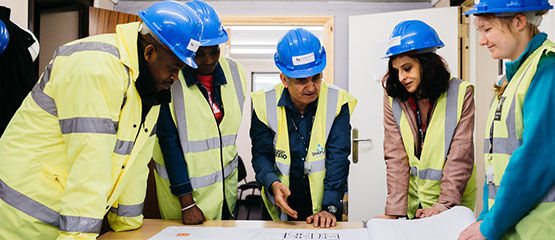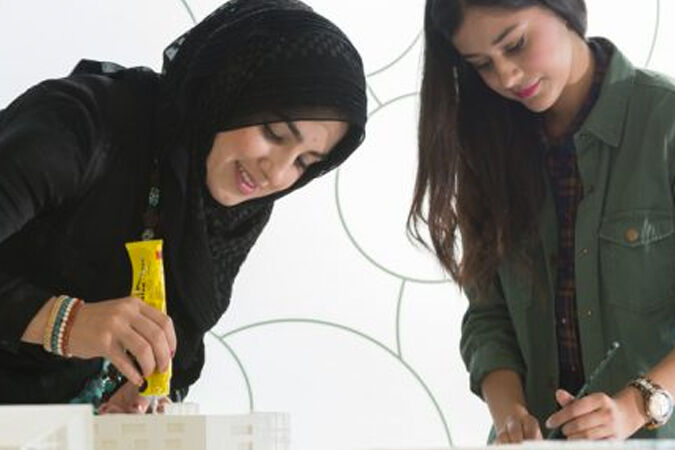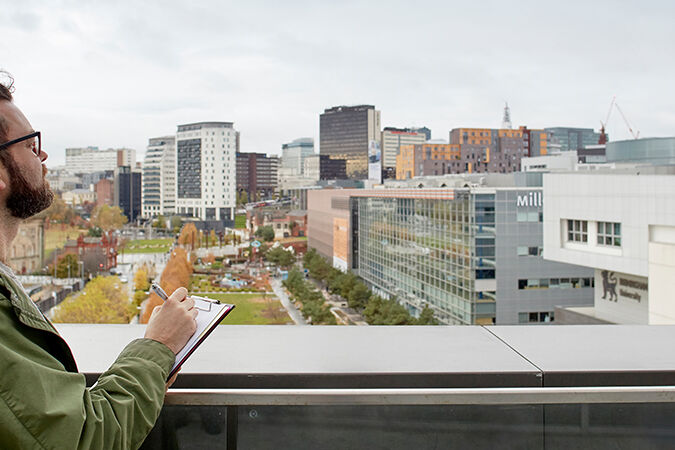
Blog

Despite being ‘the second city’, Birmingham has long been on an upward trajectory in more ways than one. From the increasing number of employment opportunities, to greater economic output, the city is thriving, and the built environment will continue to be at the root of this success.
The city’s skyline has been transformed over the past 30 years, filled with the iconic landmarks that reflect the incredible investment into Birmingham. This growth can be traced back to 1985, where a £3 billion investment saw the inception of the ICC, Brindleyplace and the Bullring, to name a few. Attracting more than 36.5 million visitors in a single year, these ambitious projects highlighted the potential of Birmingham and have been accelerating the city ever since.
While there are still many changes yet to come, how has Birmingham’s built environment already accelerated the city, and what should we expect in the future? Joseph Mews, a leading UK property developer, discusses the wider impact on the city:
Opportunities
The effects of Birmingham’s evolving landscape have spread far and wide, but one of the most beneficial outcomes has been the employment opportunities and economic growth that have emerged. The growth of Birmingham has only raised its profile within the UK and across the world, which has enticed more international businesses to the city.
In the past six years alone, Birmingham has welcomed finance giants HSBC and PwC, and is soon to add Goldman Sachs to its expanding portfolio of global companies. In delivering thousands of jobs to the city, the continued growth of Birmingham’s financial hub will be reflected in the local economy, which is already worth over £24.8 billion.
With the city’s built environment highlighting its potential, Birmingham now has more opportunities than ever before. The 2022 Commonwealth Games is a prime example of this, which will showcase the city’s impressive landscape on the global stage. Not only will Birmingham be a hotspot amongst thousands of tourists, but the televised event is expected to reach around 1.5 billion watchers, where the second city will be on display for the world to see.
As well as hosting the Commonwealth Games, improvements to the city’s built environment is also set to transform Birmingham into a major transport hub. The High-Speed Rail 2 (HS2) will eventually run between the capital and major Northern cities, all through Birmingham city centre. The completion of the Curzon Street station will reduce the commute to London to just 49 minutes, meaning Birmingham landlords could see an increase in tenant demand as the number of inward and outward commuters rises.
The HS2 project alone will deliver 22,000 permanent jobs to Birmingham in the coming years, as well as generating an additional £4 billion per year upon completion. When combined with the city’s existing employment base and the 2022 Commonwealth Games, the wider effects of Birmingham’s built environment are undeniable.
Demand
By certifying Birmingham’s position as a leading city within the UK, the rising population has reflected its growth. While the population stood at 1,160,000 in 2020, this is set to reach 1,240,000 by 2030. With an almost 10% increase since 2011, we can see the impact of the city’s ongoing regeneration schemes.
Birmingham has long been rivalling the capital in many areas and already we’ve seen the number of London leavers within the city rise exponentially. To be specific, over 18,000 people swapped London for Birmingham in 2018 alone, and with the ‘London exodus’ we have seen during the global pandemic, this number is now expected to be much greater.
With new amenities and cultural hotspots dotted around the city, this high standard of living, combined with Birmingham’s affordability, is at the root of its population growth. This has become abundantly clear amongst the younger generation; not only are there more than 100,000 young professionals across the city, but the under 25 demographic makes up nearly 40% of Birmingham’s entire population.
Students and graduates make up a significant proportion of this younger population, with the city’s 15 universities boosting the value of the city's built environment and drawing more people to Birmingham. While hundreds of thousands of students come to Birmingham for its academic opportunities, the city’s evolution is what keeps them in the city. With around 65,000 graduates choosing Birmingham, the potential of the city’s built environment - and the opportunities that come with this - is an incentive to stay.
Future Investment
The effects of Birmingham’s growing landscape have spread far and wide, to say the least. In regenerating the city, the population has - and continues to - soar, and Birmingham has begun rivalling London in more ways than one. While the city’s built environment lies at the root of this progress, it has also catalysed a wealth of future investments.
Hosting the Commonwealth Games won’t only come with immediate benefits, the city will remain in the limelight long after the event has passed. This can often be attributed to the inward investment that occurs from the Games, with Manchester being a prime example. After hosting the 2002 Commonwealth Games, a joint venture was formed between Manchester City Council and the Abu Dhabi United Group in 2014, which has since seen further investment poured into the city.
As well as encouraging foreign inward investment, the projects we have already seen have continued to snowball across the city. The ‘Our Future City Plan’ is set to transform Birmingham, with specific intentions of creating a 15-minute city and establishing a collection of vibrant neighbourhoods within it. In rejuvenating public spaces and introducing new areas, Birmingham’s landscape will continue to reflect its ambitions, and most importantly, its ambitious population.
Joseph Mews Director, Andy Foote, comments: “The Our Future City Plan is ambitious, yes, but Birmingham doesn’t do anything half-heartedly. We’ve already seen major progress with the Big City Plan, and with the 2022 Commonwealth Games continuing to drive this sentiment, the Our Future City Plan could deliver everything Birmingham has been waiting for.
“For Birmingham more generally, the Our Future City Plan will complement the existing regeneration schemes, and propel the city into London standards. From employment opportunities to amenities and leisure, the future of Birmingham continues to brighten.”





